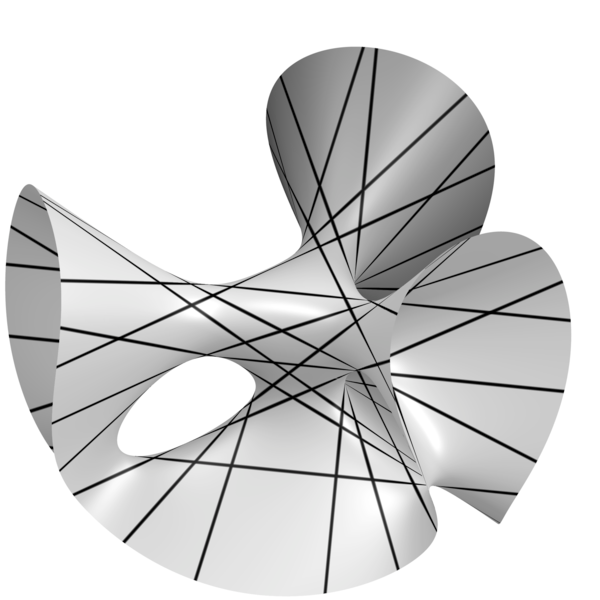
The possible splitting types are of permutations that lie in the Weyl group E6, which is the Galois group of this problem of 27 lines. For each finite field F, there are only finitely many smooth cubic surfaces (smooth cubics are an open subset of the projective space P19, as homogeneous cubics in P3 have 20 monomials. Up to isomorphism, there are of the order of |F|4 cubic surfaces. It makes sense to consider the distribution of splitting types among all smooth cubic surfaces. By a result of Ekedahl, in the limit as |F| tends to infinity, this distribution becomes equal to that of the distribution of cycle types in E6.
In an experiment conducted during Spring 2021, we computed the splitting types of many smooth cubic surfaces over quite a few primes. While purely curiosity-driven, this was reported on in our survey "Galois Groups in Enumerative Geometry and Applications".